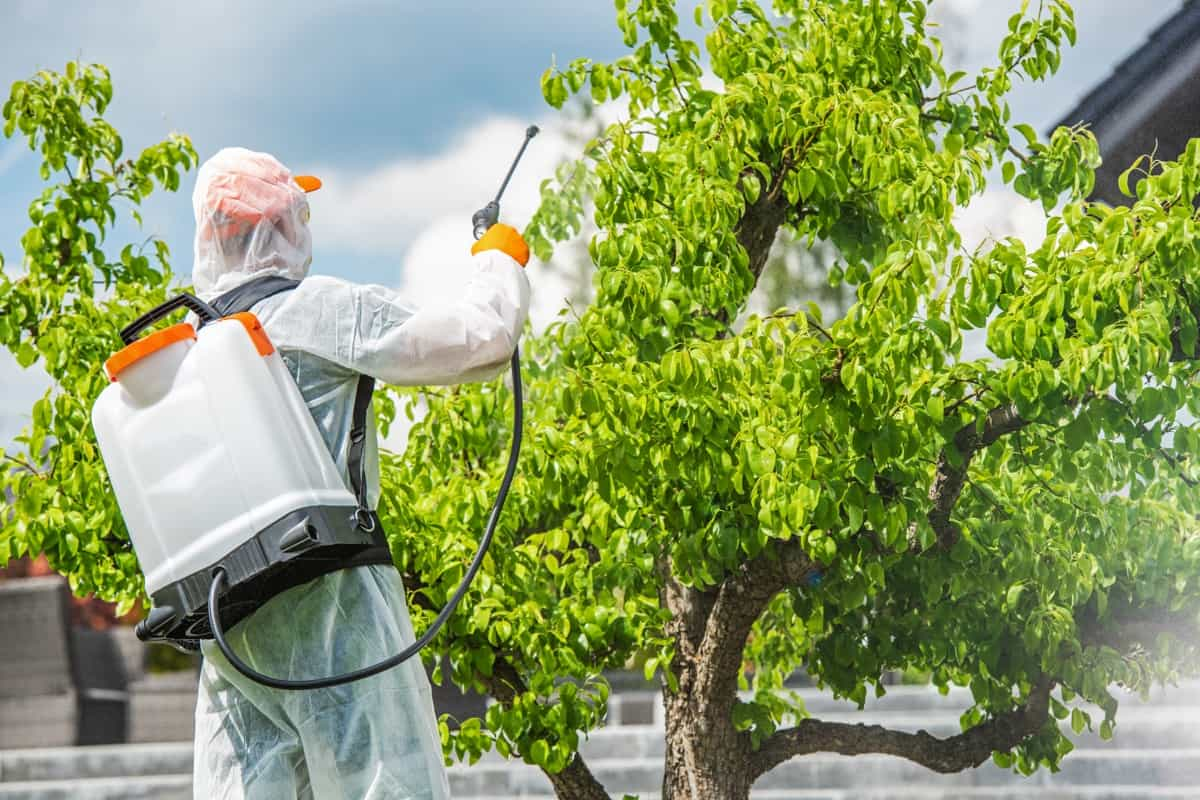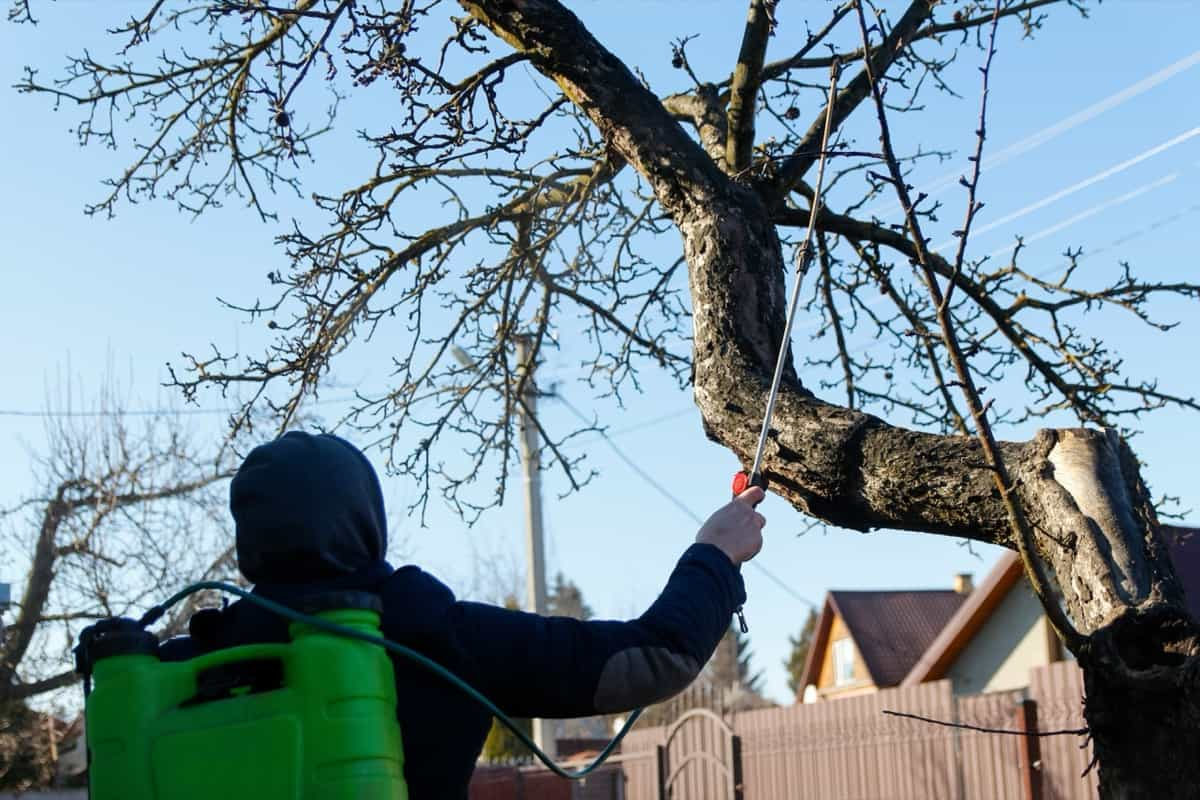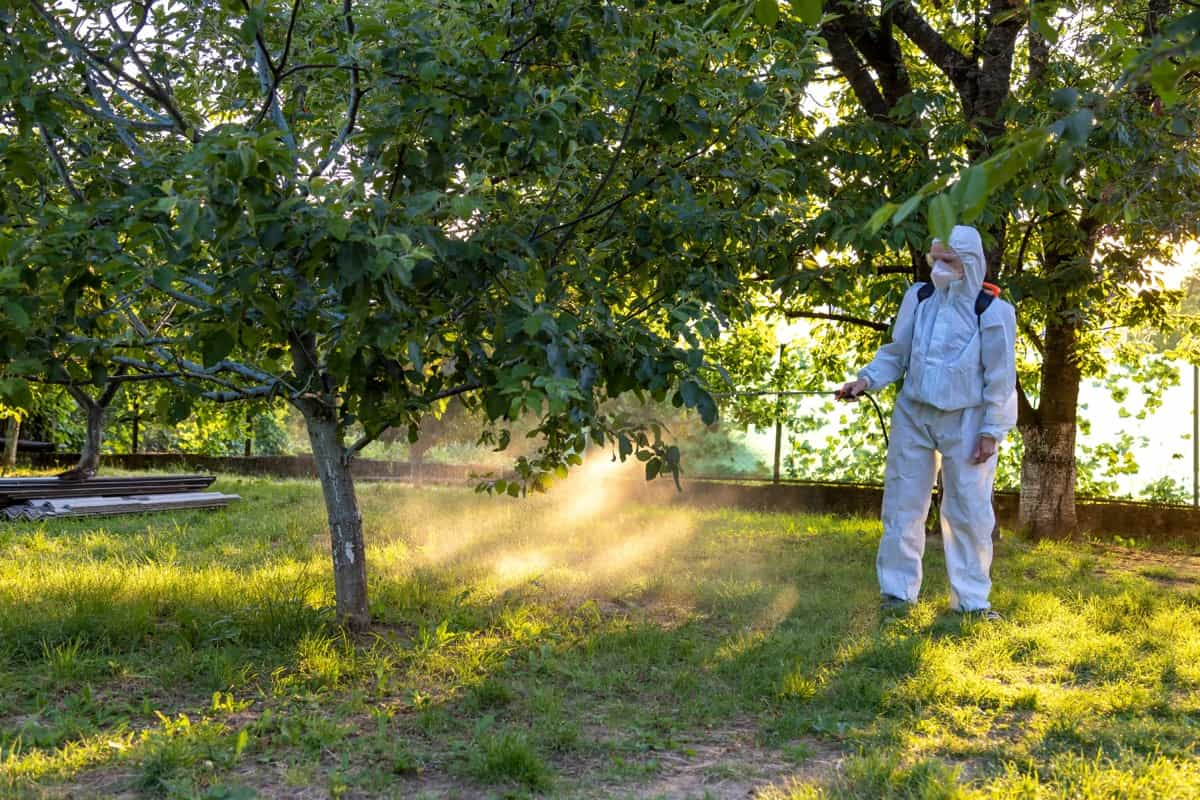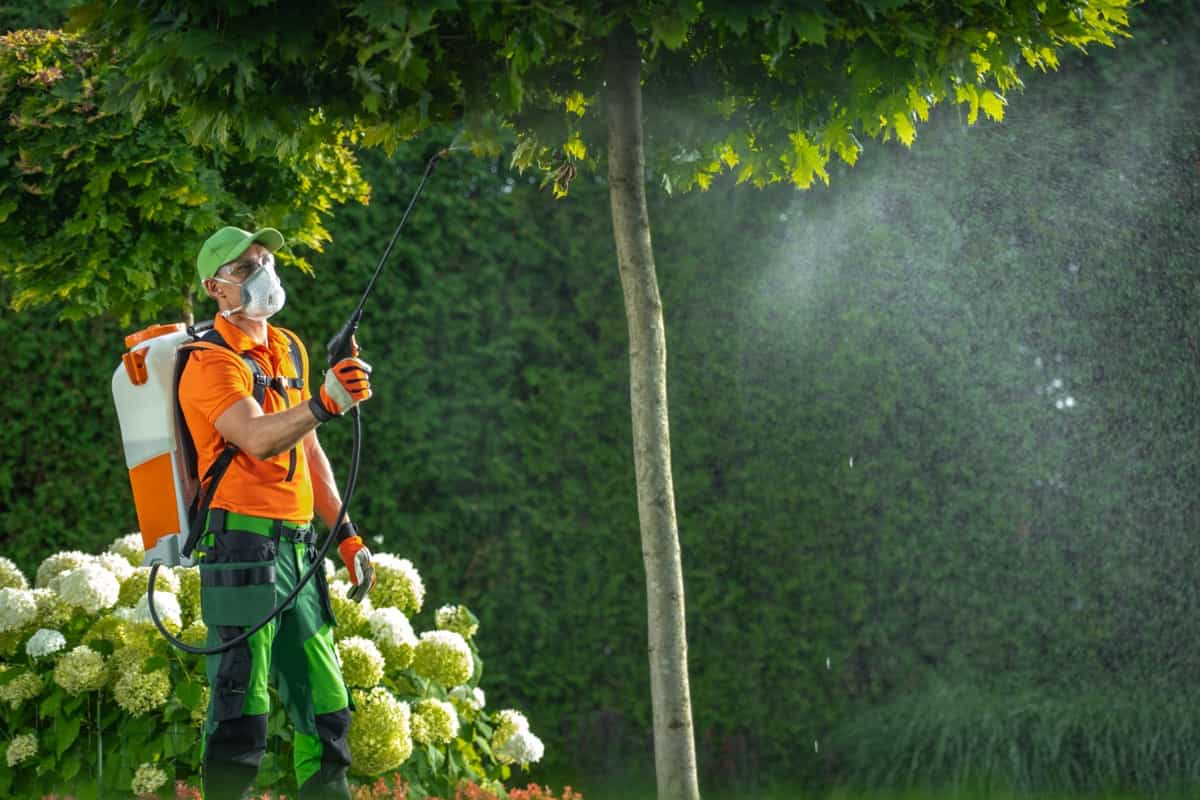Twig girdlers, often mistaken for fig beetles, are harmful pests capable of inflicting considerable harm to garden and orchard flora by girdling twigs and branches. This detailed guide will explore effective control strategies to manage and eliminate these pests, ensuring the health and vitality of your plants.

We’ll cover all aspects of pest control, from understanding the life cycle and behavior of fig beetles to employing preventive measures and physical removal techniques. We’ll also delve into the role of natural predators, organic solutions like neem oil and diatomaceous earth, and the judicious use of chemical pesticides.
Additionally, we’ll discuss cultural practices that can deter fig beetles and the importance of regular garden maintenance in preventing infestations. Finally, we’ll provide recovery strategies for plants affected by these pests, focusing on soil treatment and plant rehabilitation. Through integrated pest management, you can protect your garden from the ravages of fig beetles and ensure its long-term health and beauty.
How to Get Rid of Twig Girdlers
Understanding Fig Beetles
Identifying Fig Beetle Infestations: Signs of fig beetle infestation include visible damage to plants, such as girdled twigs and branches, and the presence of beetles often found feeding on the sap or fruit of plants. Early identification is crucial for effective control, as it allows for timely intervention before the beetles can cause extensive damage.
Life Cycle and Behavior of Fig Beetles: Understanding the fig beetle life cycle is essential for effective control measures. These beetles undergo complete metamorphosis, progressing from eggs to larvae, pupae, and adults. Knowing their life cycle helps target interventions at the most vulnerable stages of their development, making control efforts more effective.
Preventive Measures
Cultivating Fig Beetle-Resistant Plants: Planting fig beetle-resistant plants is a proactive way to minimize the risk of infestation. These plants are less attractive to beetles due to their taste, texture, or the chemicals they produce, providing a natural deterrent against these pests.
Maintaining Clean and Healthy Gardens: Garden cleanliness is vital in deterring fig beetles. Removing plant debris, fallen fruits, and dead wood eliminates potential breeding sites and reduces the beetle population. A healthy garden with well-maintained plants is less likely to succumb to beetle infestations.
Physical Removal Techniques
Handpicking: A Direct Approach: Handpicking fig beetles is a straightforward, immediate method to reduce their numbers. Wearing gloves, you can remove and dispose of the beetles, although this method is more practical for small infestations or as a supplementary control measure.
Setting Up Traps for Fig Beetles: Fig beetle traps, such as pheromones or food bait traps, can effectively reduce beetle populations by attracting and capturing them. These traps are especially useful during peak activity and can help monitor infestation levels.
Natural Predators and Biological Control
Encouraging Beneficial Insects: Beneficial insects for fig beetles, such as ladybugs and lacewings, can help control beetle populations naturally. These natural predators feed on beetle eggs and larvae, reducing their numbers and the need for chemical interventions.
Utilizing Birds and Chickens for Control: Birds and chickens can also help control fig beetles by feeding on them. Promoting the presence of these indigenous predators in your garden can effectively manage beetle populations in a natural, eco-friendly manner.
In case you missed it: How to Get Rid of Armored Scale Insects: Remedies and Treatment

Organic Pesticides and Solutions
Neem Oil: An Effective Organic Treatment: Neem oil for fig beetles is an effective organic solution that acts as a repellent, antifeedant, and growth regulator. It can disrupt the life cycle of the beetles, making it a valuable tool in organic pest management strategies.
Diatomaceous Earth for Pest Control: Diatomaceous earth, a natural and non-toxic substance, is effective in managing fig beetle populations. Sprinkling diatomaceous earth around plants can deter beetles and other pests, providing a safe, chemical-free pest control method.
Chemical Control Methods
Selective Use of Chemical Insecticides: When organic and physical methods are insufficient, chemical pesticides for fig beetles may be necessary. Selective use, targeting only affected areas and following safety guidelines, can minimize environmental impact and protect non-target organisms.
Safety Precautions When Using Pesticides: Safe insecticide use for fig beetles involves following label instructions, wearing protective gear, and applying treatments during times when beneficial insects and pollinators are least active to minimize harm to these important garden allies.
Cultural Practices to Deter Fig Beetles
Proper Fruit Harvesting Techniques: Regularly harvesting ripe fruits and removing fallen fruits from the ground can significantly reduce the attraction of fig beetles to your garden, as these provide food sources and breeding grounds for pests.
Mulching and Composting to Reduce Attraction: Applying mulch and properly managing compost piles can help deter fig beetles by covering bare soil where they may lay eggs and reducing the odors that attract them. Proper composting techniques, such as turning the compost regularly and covering food scraps with yard waste or soil, can prevent it from becoming a breeding ground for fig beetles. Additionally, mulching helps retain soil moisture and suppresses weeds, creating less favorable conditions for fig beetles to thrive.
In case you missed it: How to Get Rid of Apple Snail Eggs in the Garden: Treatment and Remedies

Monitoring and Regular Maintenance
Inspecting Plants for Early Signs: Regularly monitoring your garden is crucial for early detection of fig beetle activity. Inspecting plants for the initial signs of damage, such as chewed leaves or girdled twigs, allows for prompt intervention before the infestation becomes severe.
Keeping the Garden Clean to Prevent Infestations: Maintaining garden cleanliness is essential in preventing fig beetle infestations. Clearing away dead plant material, pruning damaged or diseased branches, and keeping the garden free of debris reduce potential hiding and breeding spots for fig beetles. A clean garden is less inviting to pests and more conducive to healthy plant growth.
Recovery Strategies for Affected Plants
Caring for Plants After Beetle Damage: Recovering plants from fig beetle damage involves providing extra care and attention to help them heal and regain their strength. This may include proper watering, fertilization, and pruning of damaged areas to encourage new growth. Supporting the plant’s recovery can minimize long-term damage and help ensure its survival.
Soil Treatment and Plant Rehabilitation: Soil treatment, such as adding compost or organic matter, can improve soil health and support plant rehabilitation after fig beetle damage. Healthy soil provides plants with the essential nutrients to recover and grow strong, making them more resilient to future pest attacks. Implementing these recovery strategies can help your garden bounce back from a fig beetle infestation and flourish again.
In case you missed it: How to Get Rid of Bagworms: A Comprehensive Guide to Control and Treatment

Conclusion
Implementing integrated pest management for fig beetles, including organic remedies, natural predators, and safe insecticide use, can effectively control these pests while maintaining garden health. By understanding the fig beetle life cycle and employing preventive measures such as garden cleanliness and fig beetle-resistant plants, gardeners can protect their landscapes from damage. Recovery strategies like soil treatment and encouraging beneficial insects ensure long-term resilience against fig beetle infestations, promoting a balanced and thriving garden ecosystem.
- Beneficial Insects in Pest Management
- Natural Solutions for Pest Control in Flower Gardens
- Types of Fungicides Used in Agriculture
- Common Issues in the Fruit Development Stage of Pomegranate Farming
- Fruit Development Issues in Papaya: Easy Solutions and Treatment
- Soil-Borne Diseases and How to Protect Your Plants
- Practices to Prevent Disease Spread in the Garden
- From Wilted to Thriving: How to Treat Root Rot Naturally in Houseplants
- Natural Remedies to Cure Brown Spots on Fig Tree Leaves